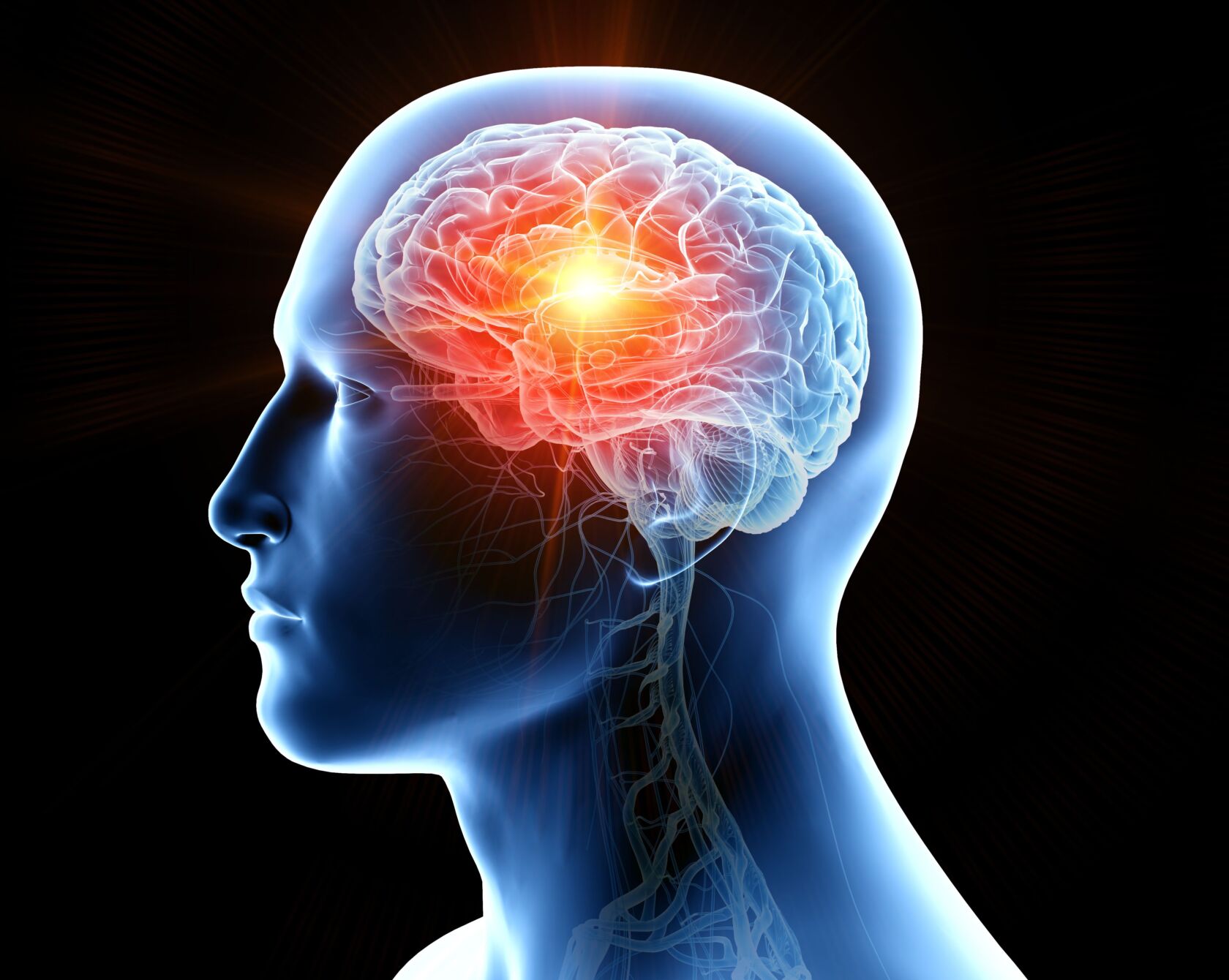There is currently no truly effective treatment for the most common and most malignant of all brain tumors. The Department of Neurology is conducting intensive research in this field. The first promising study results are now available.
Text: Helga Kessler
The average survival time after a diagnosis of glioblastoma is less than two years – despite intensive treatment. Hardly any other cancer leads to death so quickly. The most common and at the same time most malignant brain tumor grows particularly aggressively and spreads quickly. Depending on where the cancer has spread, different symptoms occur, such as epileptic seizures, but also headaches, speech or vision disorders or changes in personality. After diagnosis, the tumor is surgically removed as quickly as possible. This is followed by radiation and chemotherapy. Although standard therapy can temporarily halt the cancer, it cannot stop it permanently. “Unfortunately, glioblastomas almost always recur,” says Tobias Weiss, senior physician at the Department of Neurology. But now there are research results that give us hope.
Newly developed immunotherapy
In a first clinical study with recurrent glioblastoma patients, Tobias Weiss and colleagues were able to show that a newly developed immunotherapy has a local effect on the tumor. In 8 out of 15 patients treated, there was no further growth during the observation period, and in four cases the tumor even shrank. After the standard therapy, the patients received chemotherapy with the cytostatic drug lomustine every six weeks for nine months and the active substance L19TNF every three weeks. TNF stands for tumor necrosis factor, a naturally occurring messenger substance that activates the immune system and targets cancer cells, among other things. In the case of glioblastomas, however, the immune response does not usually work because the tumor alters the environmental milieu.
The tumor is tricked
This is where L19 comes into play: the antibody docks specifically to the blood cells of glioblastomas and ensures that TNF accumulates locally in the tumor in high doses. The immune cells that then migrate attack the cancer focus. Because the T cells stimulated by TNF are part of the learned immune response, there is hope that the effect of the treatment will last in the long term. This was indeed the case in animal experiments. The clinical trial followed after a record-breaking four years. “We are delighted and very happy for the glioblastoma patients,” says Tobias Weiss. In the meantime, the study has been extended to several centers in Europe and will ultimately include 170 patients. The results are expected in about three years.
Tumors in the brain
In contrast to metastases, which can also settle in the brain, primary brain tumors develop from brain cells – but hardly from nerve cells, as these no longer divide in the mature brain. The most common are astrocytomas, which arise from glial cells of the supporting tissue. The most common astrocytoma is the particularly malignant glioblastoma. Brain tumors occur rather rarely, more frequently between the ages of 50 and 70, and men are affected more often than women. In Switzerland, around 2000 people are diagnosed with a brain tumor every year. What triggers the cancer is unknown. Very rarely there is a hereditary cause or a connection with radiation to the head in early childhood. If possible, brain tumors are surgically removed. Benign brain tumors, such as meningiomas, which develop from meningeal cells, can be treated well.
Three proven signal inhibitors
At the same time, research is being carried out into other innovative therapies. A study with newly diagnosed glioblastoma patients has been running at seven Swiss central hospitals, including the USZ, since 2023. In addition to the standard therapy, they receive three drugs that are intended to slow down the nerve signal messenger glutamate. Glutamate stimulates the growth of glioblastoma cells and promotes their spread in the brain. “The three drugs are each approved for different indications and target different points in the glutamate signaling pathway,” says Hans-Georg Wirsching, senior physician at the Department of Neurology and head of the study. The Swiss National Science Foundation is funding this research work because the drugs used for treatment are proven, have known side effects and are available at low cost. The effectiveness of the therapy will also become apparent in three years at the latest. Research is also being conducted into immunotherapy with reprogrammed CAR-T cells, which is successful in cases such as leukemia.
Early diagnosis and follow-up
In Switzerland, an estimated 670 people are newly diagnosed with glioblastoma every year. Diagnosis has so far been based on a neurological examination and imaging procedures such as magnetic resonance imaging, which makes the location, size and extent of the tumor visible. For a definitive diagnosis, a tissue sample is required, which is obtained either during an operation or via a biopsy. Research is currently being conducted into a procedure called liquid biopsy, which would be gentler on those affected. Blood plasma is taken and examined for biomarkers that are specifically released by glioblastoma cells. Tobias Weiss hopes that this will provide a method for early diagnosis: “We could use the concentration of the biomarker to check whether a new glioblastoma therapy is effective or not.”


